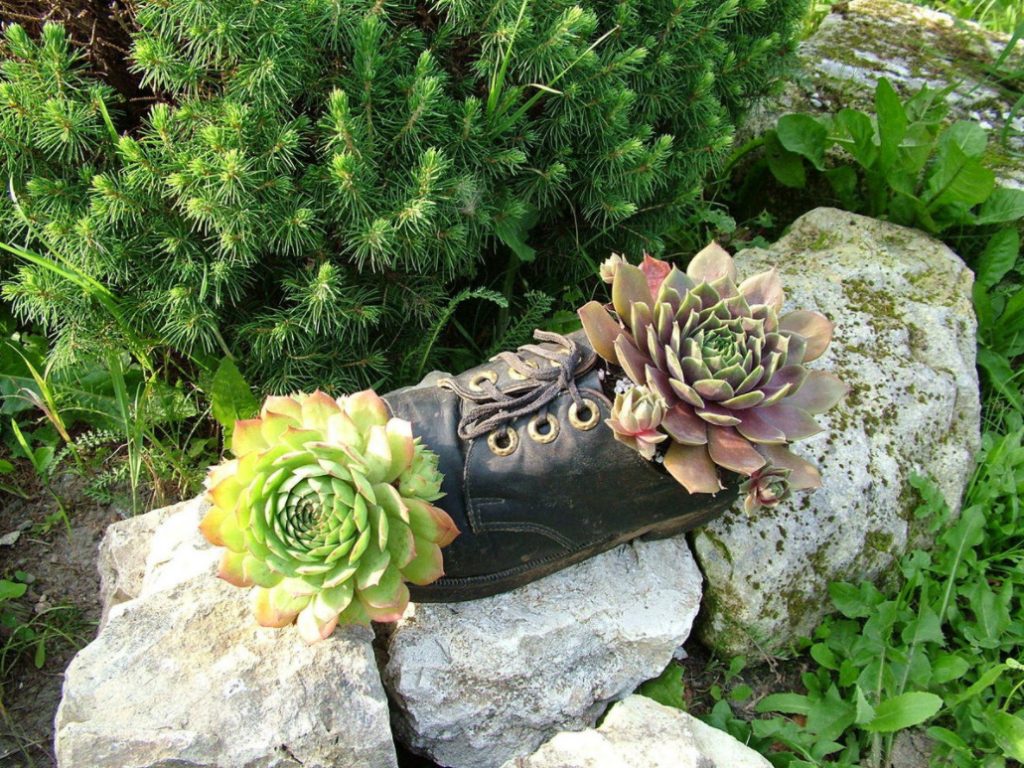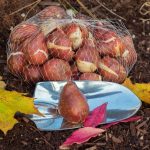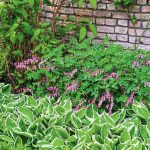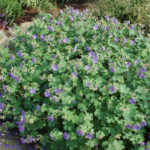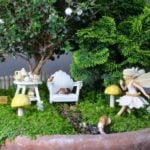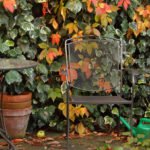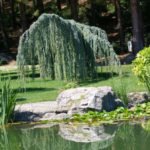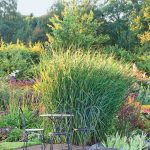There comes a time in everyone’s life when they have to part with something. Let it be even a worn-out Shoe or a leaky night vase. In the attics and sheds of gardeners, untold riches accumulate, which are of great value to local garbage dumps. But once you enter it, you realize when you stumble over one of these relics that you can’t live like this. And if at this moment an old enamel basin falls on your head, the decision is made immediately and unconditionally – in a bag and in the trash!
Let’s take our time and put a wet towel to the bump on the back of your head and remember that we have a lot of friends who need something to give. I’m sure they’ll be happy to accept your old skinny potty or ragged Shoe, but they’ll need a bit of decoration to do that.
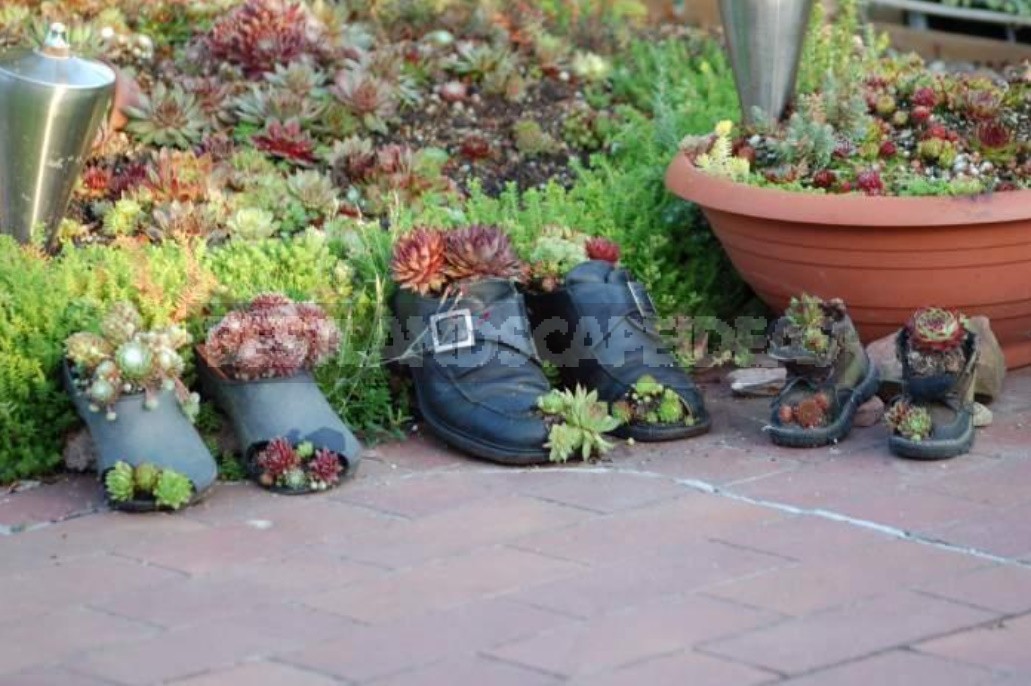
You can, of course, wrap this wealth in a beautiful package, tied with a shiny ribbon, but there is a risk that your friends ‘ sense of humor will fail them at the last moment and your precious vase will be put on your head.
It turns out that there is another way to ensure that this rarity will be accepted with great joy and will be surprised at your ingenuity for a long time. This requires very little: a few colored rosettes of Sempervivum, some fine expanded clay for drainage, and a few handfuls of light earth mixture.
The kettle is turning…
Let’s look at the example of an old enameled teapot. Several drainage holes must be made in the bottom. You can do this by shooting it with buckshot, but it is much easier — with a regular drill, a drill with a diameter of 8-10 mm. The number of such holes depends on the area of the bottom. A dozen is enough for a teapot, but if you like it, you can drill more.
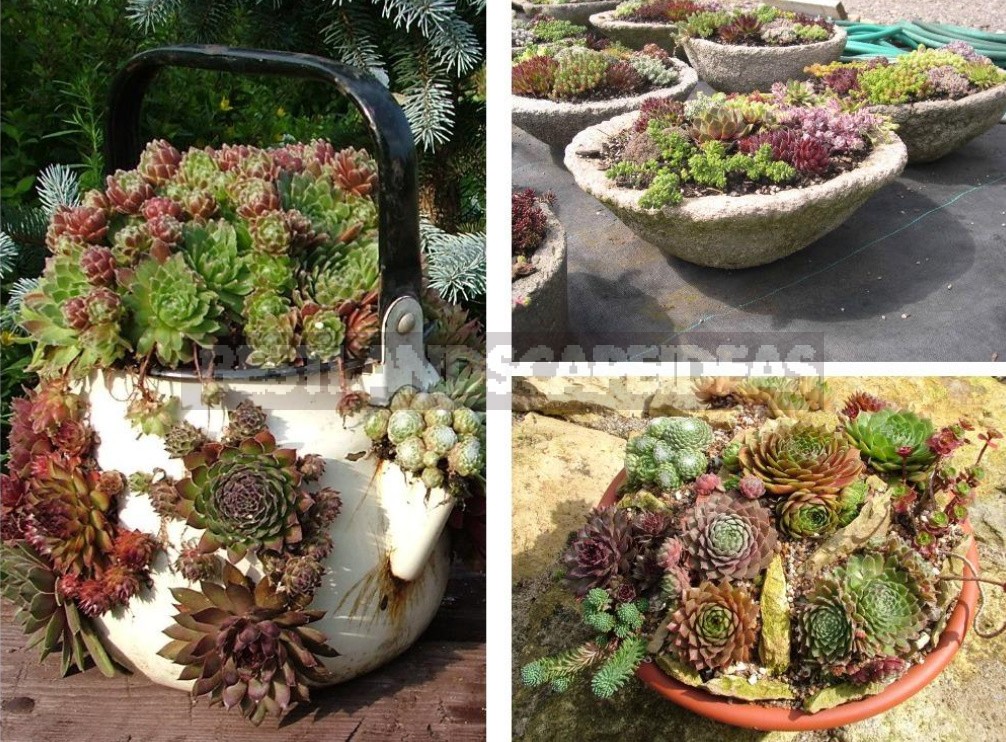
On the walls, you need to make the same holes, but preferably with a diameter of at least 12 mm. In them we will plant Sempervivum for the design of the side walls. If the plants are still small, the holes may be smaller. The number of side holes depends on your imagination and artistic taste. I do not recommend particularly compacting the landing: the kettle can turn into a vegetable hedgehog.
Having prepared the container, we pour a drainage from fine expanded clay or any other material suitable for this purpose to the bottom. Then a layer of earth to the first lower hole in the side walls and slightly compacted. We push the roots of the selected outlet into the hole, press it against the wall and cover the roots with earth, pressing down so that the outlet holds. The most difficult thing in this procedure is not to confuse the surfaces, otherwise the roots will be outside the vessel.
Moving this way, we fill our structure to the top. If it is a teapot or a pot, then you can plant Sempervivum arachnoideum thicker on top — it will grow like a white foam of boiling water. A falling branch of Sedum will fit into the spout. It remains to water our composition and put it in a Sunny place for rooting and growing.
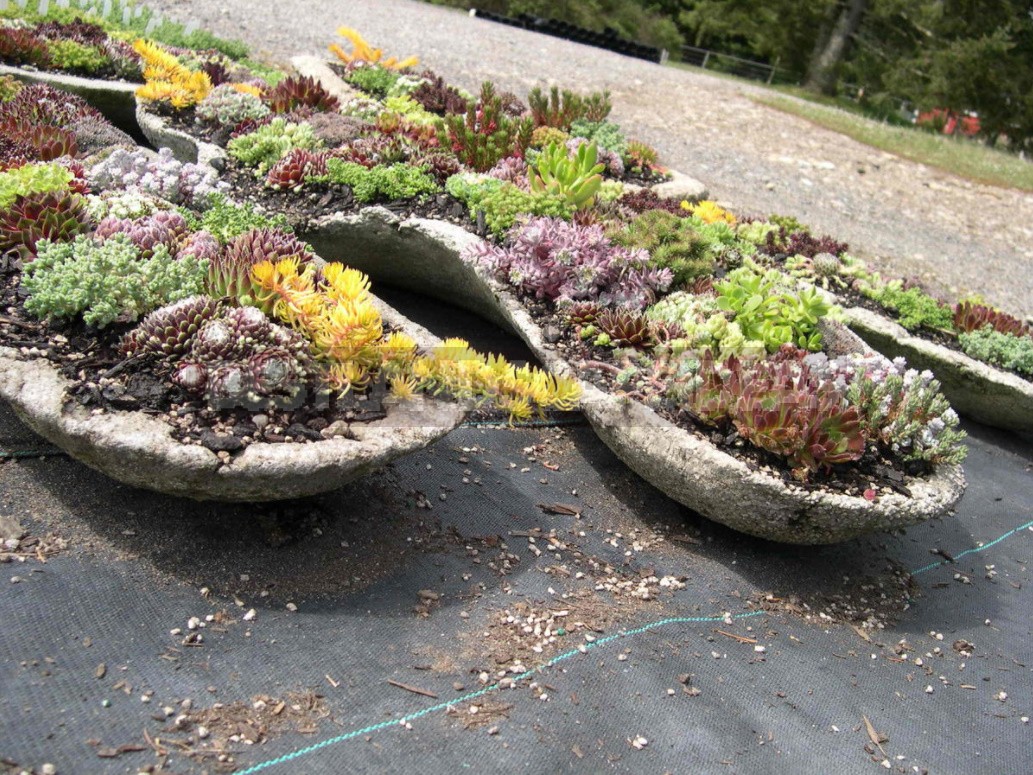
Following this method, you can design any container or object that has the smallest cavity for the substrate. The main condition is good drainage and water – permeable earth mixture. I do not recommend making the earth mixture very nutritious. The poorer it is, the less likely it is to rot and winter poorly. You can buy a ready-made mixture for succulents and cacti. It is easier and cheaper to prepare yourself from non-clay turf land, adding 1/3 of peat and 1/3 of coarse river sand or fine gravel. As fertilizer, add a handful of bone meal to a bucket of the mixture.
Having made our friends happy in this way and at the same time getting rid of unnecessary junk, you can start to design your favorite site.
Green roofs and other wonders
Here your imagination is not limited at all. An old stump can turn into a beautiful planters. It is enough to drill or hollow out several through holes in it and, filling them with earth, plant bright rosettes of Sempervivum and branches of sedums. This will save you from having to uproot the stump.
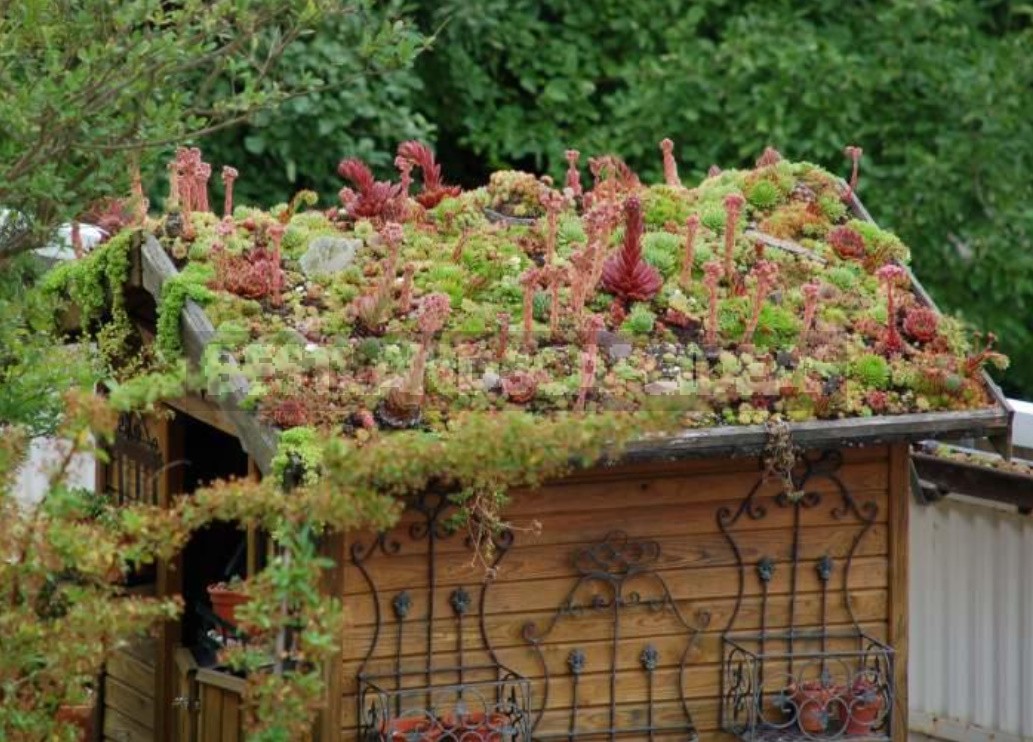
Not very sloping roof of the old doghouse can be designed in a mini rock garden, making a simple waterproofing of pieces of thick polyethylene and stuffed at a short distance from each other parallel slats. This will prevent the ground from sliding down during rain or watering until the plants sprout their roots. Do not make the earth layer more than 3-5 cm. After planting, mulch everything with small rubble or gravel, you can put a few small stones of a fancy shape, which will further enliven the composition.
You can protect plants from freezing in cold climates by making the roof removable. In autumn, it is placed on the ground next to the booth and perfectly winters under the snow. If there is no doghouse on the site, turn an old trough or baby bath into a mini rock garden. In Europe, it became fashionable to use old stone troughs for feeding livestock for this purpose, but prices for them jumped to sky-high heights.
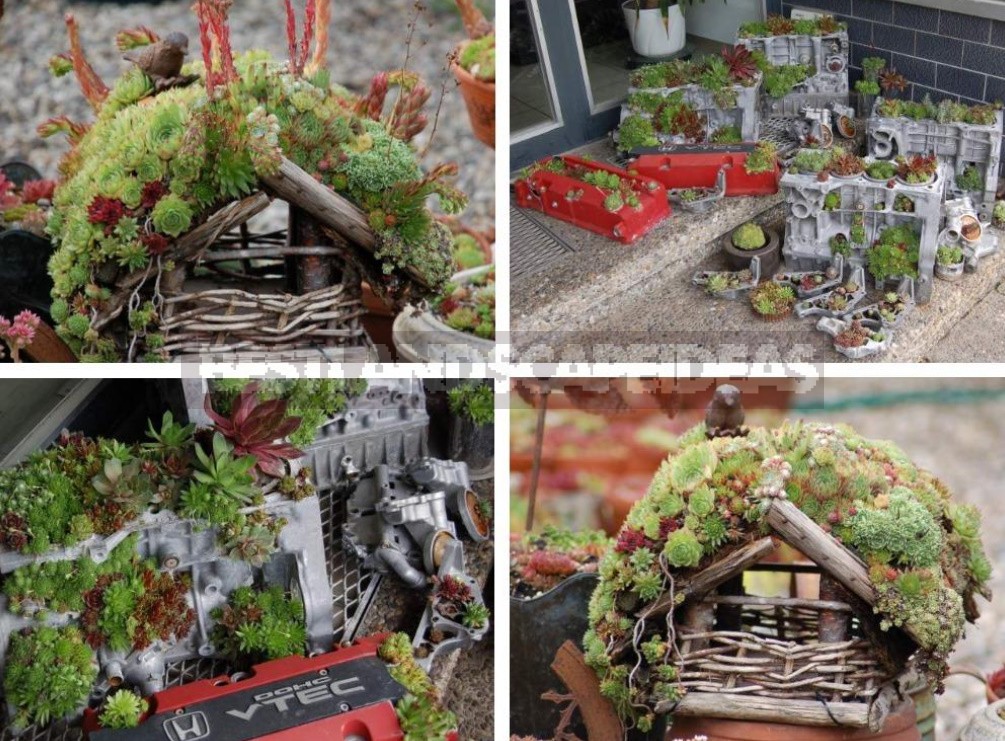
Of course, everything needs to know the measure! It may happen that the husband, having disassembled the engine of his favorite Honda for major repairs and left for work, will return to see that instead of pistons, Sempervivum sticks out, and instead of the crankshaft, a bunch of Sedum playfully hangs down. Further events will depend on his love for you and the availability of funds to purchase a new car.
If you are a man, steal your wife’s washing machine and decorate it in the “retro” style, she will be immensely grateful to you. All heavy objects at the time of familiarization with your work, I recommend to remove away.
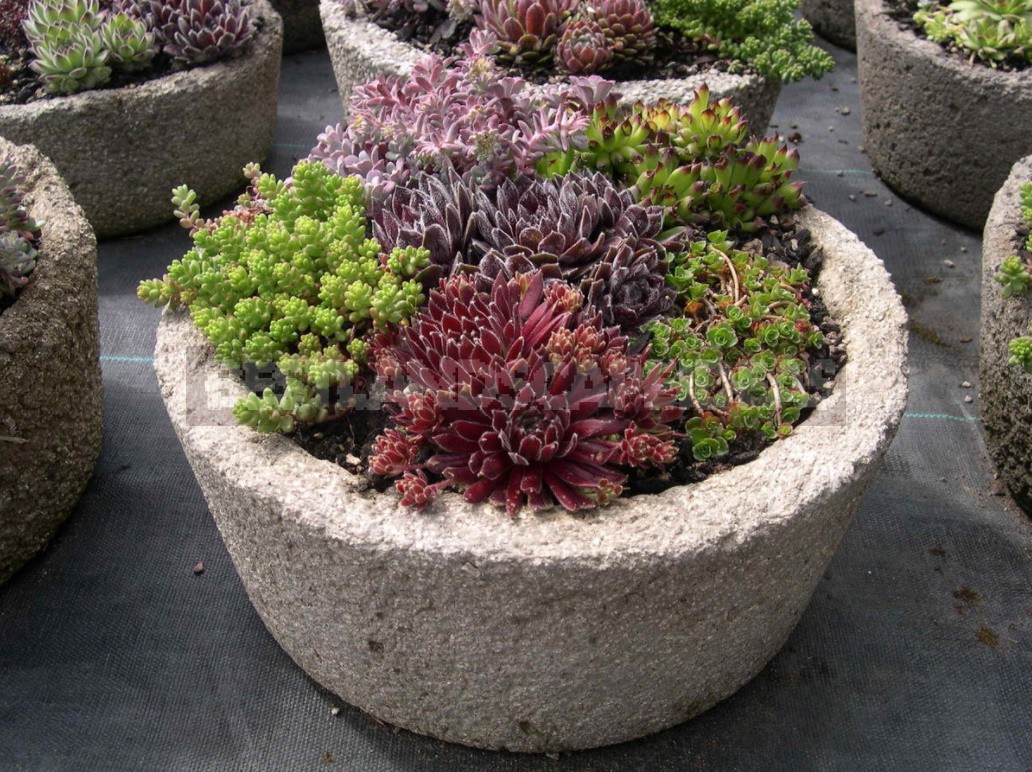
Sempervivum – amazing plants. Currently available color variations allow you to choose any palette. All you need is a little imagination and a desire to create something extraordinary in your garden.
